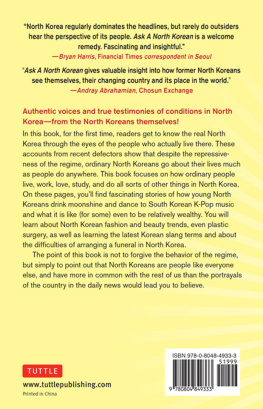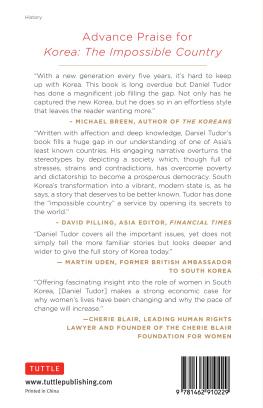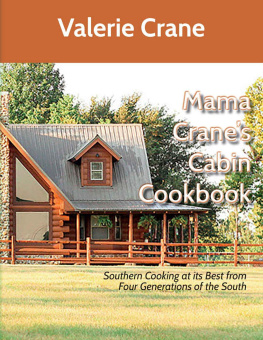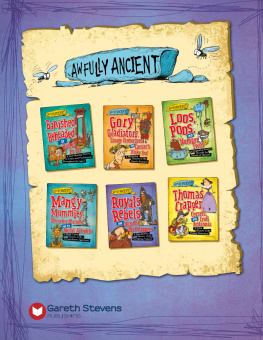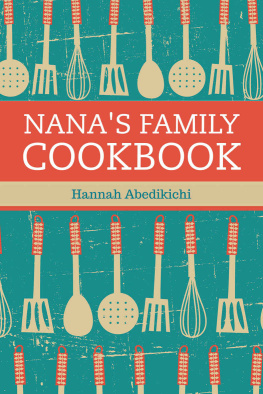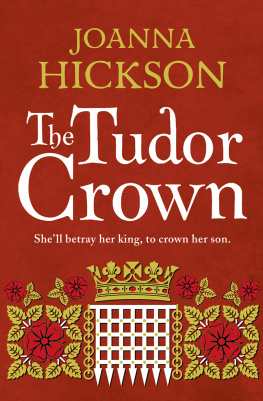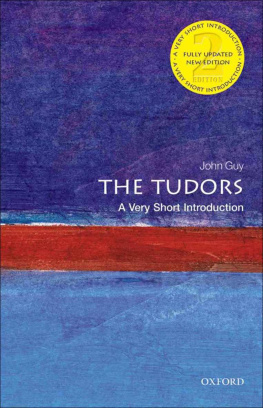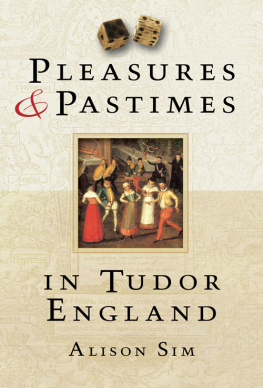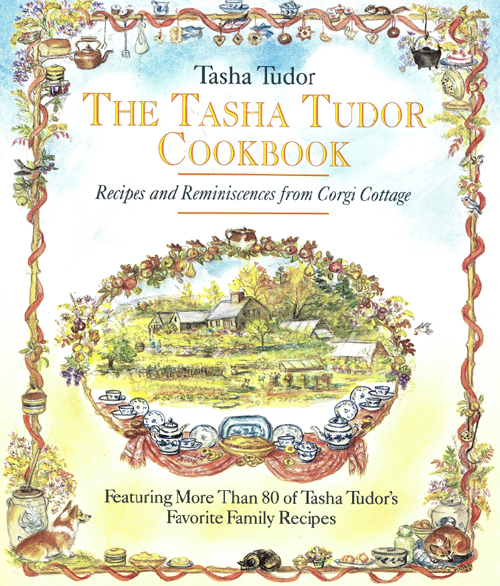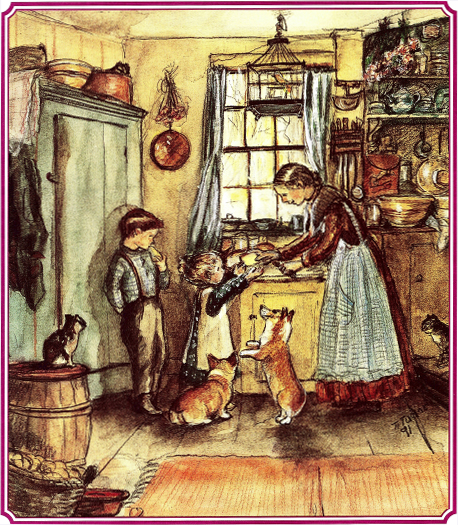
Copyright 1993 by Tasha Tudor
All rights reserved. Except as permitted under the U.S. Copyright Act of 1976, no part of this publication may be reproduced, distributed, or transmitted in any form or by any means, or stored in a database or retrieval system, without the prior written permission of the publisher.
Little, Brown and Company
Hachette Book Group
237 Park Avenue, New York, NY 10017
Visit our website at www.HachetteBookGroup.com.
www.twitter.com/littlebrown
First eBook Edition: November 2009
ISBN: 978-0-316-09311-8
To all my nice fans, to whom I owe
a large debt of gratitude.
Tasha Tudor
To all my dear family.
Carol Johnston Lueck

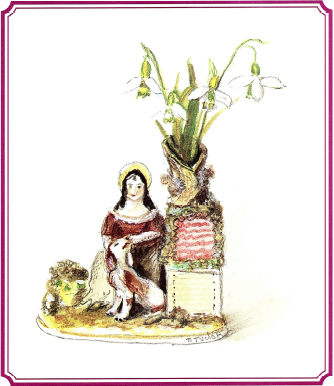
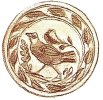
Cooking is one of my favorite occupations, especially when I have my appreciative family on hand to praise my efforts.
My Scottish nanny, Mary Burnett (Dady to me), started me early in the pleasures of the culinary art; I can hardly remember when I didnt cook. I guess my first productions were sun-baked mudpies. My daughters were more fortunate in that they had a tame crow, Edgar Allen Crow, who ate their mud pies with avid enthusiasm. He was a delightful bird who highly approved of mudpie cakes decorated with nasturtiums in particular.
Serious meal preparation started for me at around age fourteen, when my mother bought an eighteenth-century home in Redding, Connecticut. She spent many hours scouring the countryside in her Franklin Touring car, searching for wide boards, paneling, and twenty-four-pane window sashes with handblown glass with which to restore the house to its former glory. I recall her buying three-foot cedar shakes from the birthplace of the famous Tom Thumb in Bridgeport, Connecticut. This left me to cook for my brother Frederic, nine years my senior, and the Deming boys, Benton and Olcott, all employed in restoring the old home, haying the fields, and digging numberless deep holes for the telephone poles, made from dead chestnut trees cut by a neighbor, Clarence Beers. They had ravenous appetites, so I became the cook and turned out Irish stew and vast quantities of homemade bread and rolls. It was excellent practice.
From this I went on to helping my mother run a tea room that she started in the restored house. I baked endless cakes, cookies, and breads. Such funespecially as I was able to earn money from tips since I was the only waitress!
I became quite stuck-up about my breadmaking and actually won a blue ribbon for my whole wheat bread at the Danbury Fair. Dady taught me how to make real Scottish shortbread and, of course, Yorkshire Pudding and scones, plus cakes, pies, and cookies of all sorts.
I soon began earning money by selling breads and cakes to neighbors and at the weekly Redding market. The proceeds from these sales were the start of my 1830 clothing collection. Besides her tea room, my mother also had an antique business, which led to her attending many auctions. Whenever possible, I went with her, and often I got away with shocking bargains, as nobody wanted to bid against that quaint little girl! Times have changed, and so have I, but the lure of a good antiques show is as strong as ever for this quaint old woman (but no more bargains, alas!).
The receipts (I was taught to spell them in this fashion) in this book form a record gathered from many resources, mostly of family origin and dating as far back as the 1700s. They were copied by hand into a blank dummy of many years back. All four of my children, two girls and two boys, learned to cook from this book, now very worn, stained, and tattered from devoted use. It is held together by a delightfully pliant string, made so by butter and flour on young fingers. The pages that contained the favorite receipts can be easily found by their spots and spills.
In making these receipts I have had the good fortune of having access to the freshest eggs, homemade butter, goats milk, and an abundance of garden-fresh vegetables. I even had my own flour ground from wheat that I had planted and threshed myself. I hope the readers who try these receipts will have the pleasure and success for their efforts that I have had. I want to stress the importance of using the freshest possible ingredients, and in soups and stews of tasting, tasting, tasting for seasoning. A flat soup is a real disappointment. And dont look for shortcuts; all good and worthwhile things take time and effort.
I am indebted to my friend Carol Johnston Lueck, who diligently tested the receipts. She even learned to use a computer in the process! I compliment her on deciphering my handwriting and on being able to figure out exact measurements for the ingredientsa real task, as I use my imagination in all my cooking. Thanks, too, to my kind friends who have been willing to share some of their receipts with me. Thanks also to my agent, Colleen Mohyde, for her enthusiasm for the entire project, and to my editor, Jennifer Josephy, for her fine work in getting The Tasha Tudor Cookbook into print.
Good luck!
TASHA TUDOR
Corgi Cottage
1993

Nancys Hot Cheese Rounds
Nancy Smith was a dear friend and the wife of the mathematics teacher at Saint Pauls School. She was an expert hostess and entertained all the renowned parents who visited their offspring at Saint Pauls. Her Hot Cheese Rounds are, I assure you, outstanding before an elegant dinner party or a holiday feast.
My grandfather Tudor was one of the first students at Saint Pauls, in the 1860s. He spoke of the waters being frozen in the wash pitchers on cold winter mornings! He took it quite for granted, too. I cannot see a modern youth taking such a hardship with equanimity, can you?
1 loaf Pepperidge Farm or other good-quality white bread
cup (1 stick) unsalted baiter, softened
13-ounce package cream cheese, softened
1 farm-fresh egg yolk, beaten well
1 cap Vermont sharp cheddar cheese, grated
1 clove garlic, minced
salt and pepper
Heat the broiler.
Cut the bread into rounds with a biscuit cutter. (I feed the leftover crusts to the hens for a treat.) Butter the rounds well and fry them on both sides in a hot skillet until delicately brown. Cool.
In a bowl, cream together the cream cheese and the egg yolk, then add the grated cheese, garlic, and salt and pepper to taste.
Spread the cheese mixture on the rounds, taking care to spread it carefully to the edges so the toast does not burn. Put the rounds on a baking sheet and place it under the heated broiler until the cheese is puffed and browned. Keep a sharp eye on the rounds while broiling.
Serve immediately.
Makes approximately 2 dozen
Stuffed Eggs


